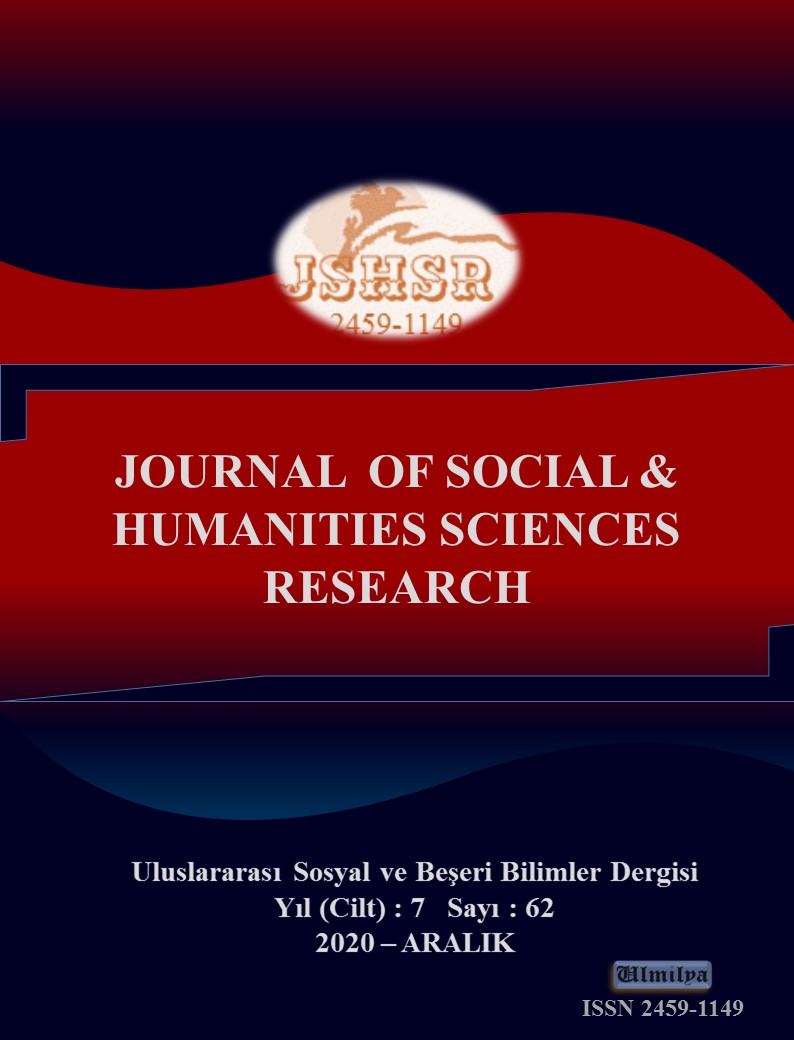DEVELOPMENT OF INTEREST RATES IN THE OTTOMAN EMPIRE IN THE PERIOD 1850-1900
DOI:
https://doi.org/10.26450/jshsr.2192Keywords:
Interest, Interest Rates, Borrowing, Ottoman StateAbstract
During the period 1850-1900, the Ottoman Empire had two major financial problems. The first is internal debts to Galata bankers, whose balance reaches huge amounts, and the other is copper coins, whose circulation value has decreased by up to 5%. For this reason, the Ottoman state provided a new loan opportunity using the name of the newly established Ottoman Bank. During this period, the kaimes issued for domestic borrowing were realized at an annual interest rate of 12.5%. This figure is incorrectly mentioned as 8% in some studies. However, they give an interest rate of one-eighth, not 8%. If examined in terms of external debts, Britain is the country that provides the most debt to the Ottoman Empire, followed by France and Germany in turn. Domestic borrowing and external borrowing were almost used as a competitive element, and the state tried to borrow at more appropriate rates in this way.
Downloads
Published
How to Cite
Issue
Section
License
Copyright (c) 2020 INTERNATIONAL JOURNAL OF SOCIAL HUMANITIES SCIENCES RESEARCH

This work is licensed under a Creative Commons Attribution 4.0 International License.


